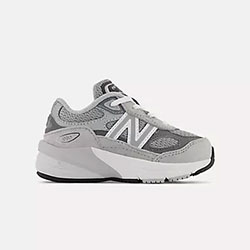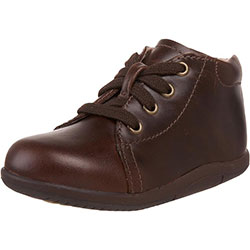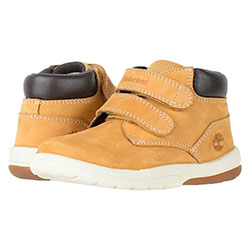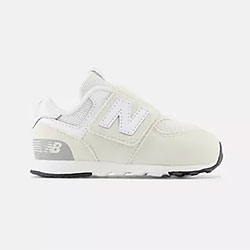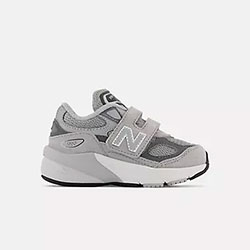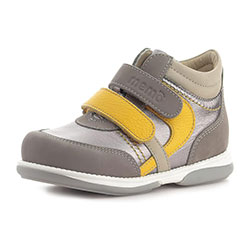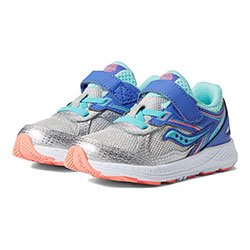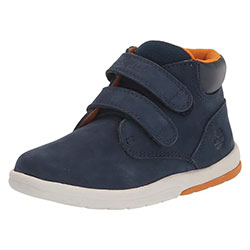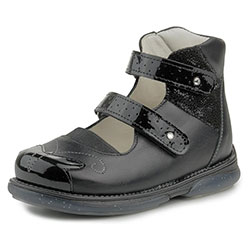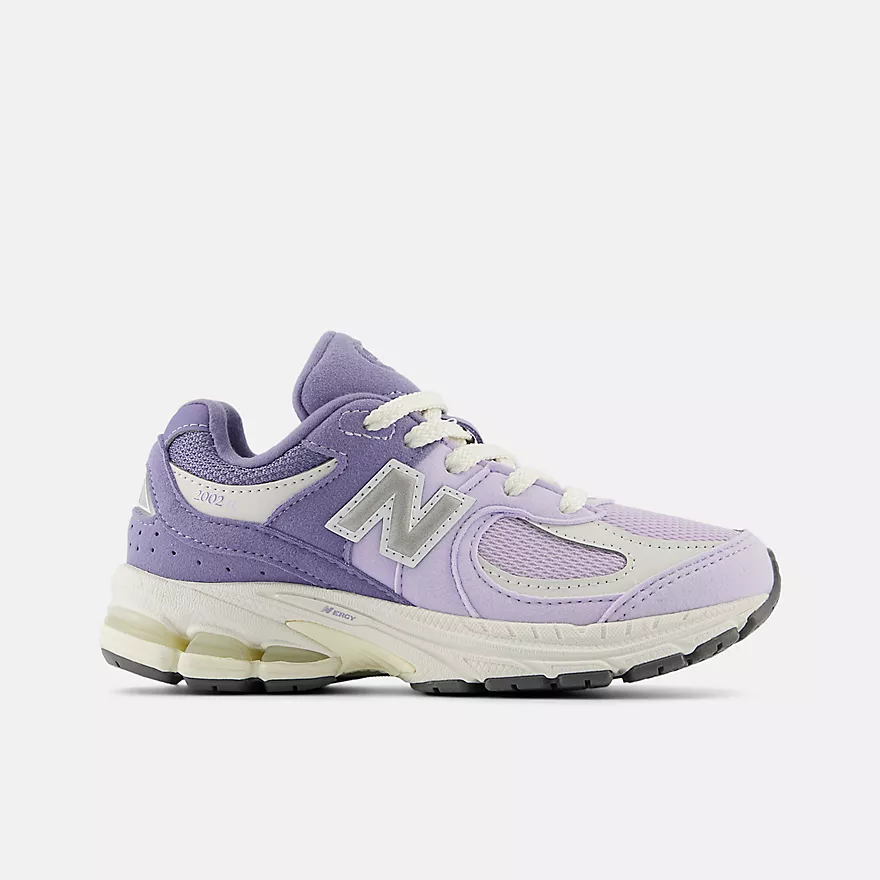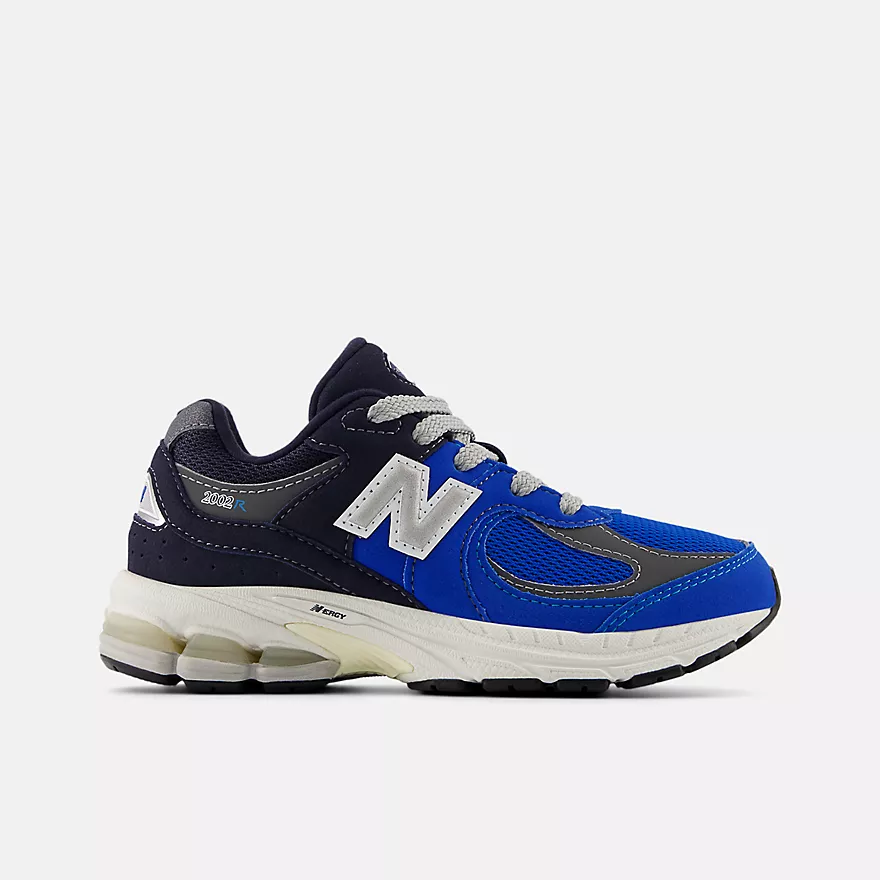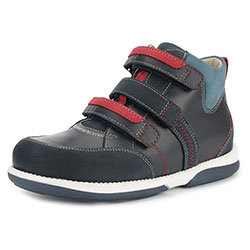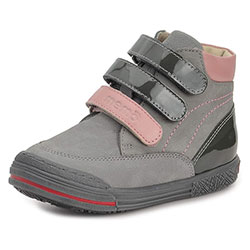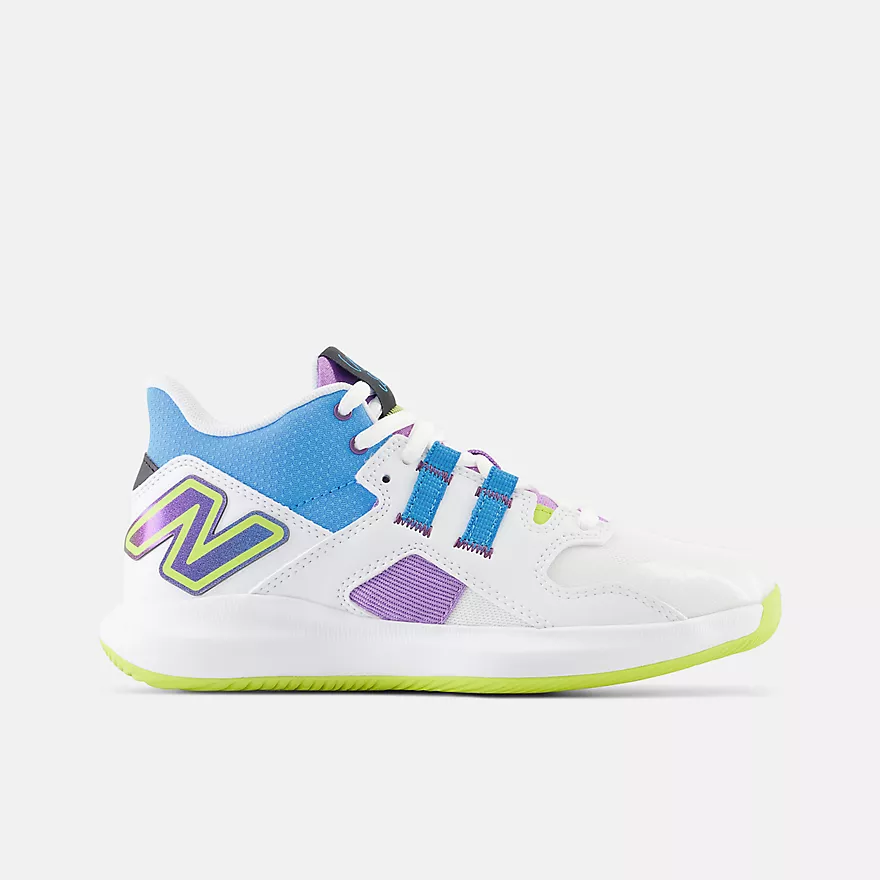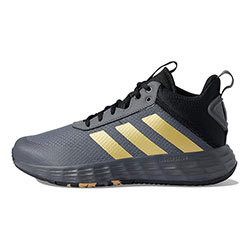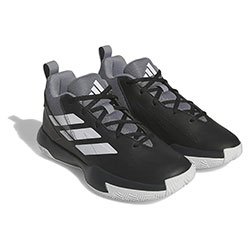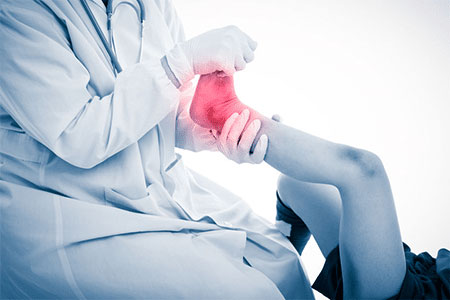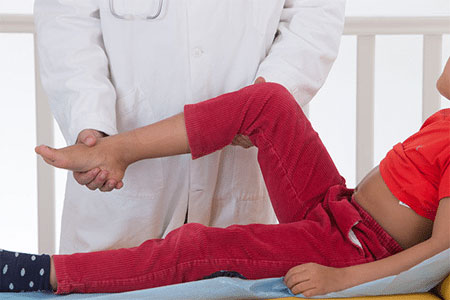The 5 Most Common Foot Problems in Children – Learn How to Solve Them!

Did you know that kids are affected by many of the same foot conditions that adults have? Have you noticed your child walking or running differently lately? I will show you which are the 5 most common foot problems in children and the most effective way to prevent them based on my many years of shoe fitting experience.
If you’re pressed for time, you can jump directly to the selection of the best kids shoes to treat and prevent foot issues.
Throughout the years I have been getting familiar with the most common children’s foot problems, and I can tell you that most foot problems are directly associated with the shoes that the child wears and how they fit. However, certain foot problems are hereditary such as flat feet or rolled ankles.
The 5 Most Common Foot Problems in Children
These are the 5 most common foot problems I have noticed in children:
- Blisters
- Calluses
- Corns
- Flat Feet
- Rolled Ankles
Do any of these foot conditions sound familiar? Has your child developed any of these foot issues? I always recommend parents to be proactive and don’t take the “wait and see” approach when it comes to treating their children’s foot conditions, as this can lead to your child’s foot condition getting worse.
Let me explain each foot issue individually and get to the bottom of why it is happening.
1️⃣ Blisters
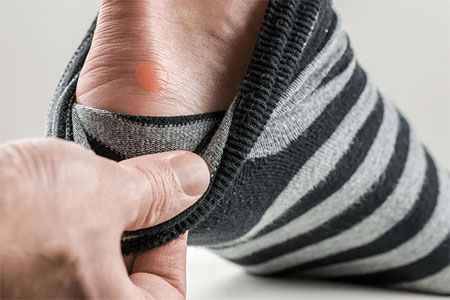
They occur when the shoes are fitted too short or too long, or when your child doesn’t wear socks with the shoes. If a shoe is too short your child’s toes will rub against the front or the side of the shoes, and that constant friction might lead to blisters. On the other hand, if your child’s shoes are fitted too long, this will allow your child’s feet to move too much inside the shoes and that constant rubbing might also lead to the formation of blisters. When kids don’t wear socks, they are more prone to getting blisters, as socks act as a barrier between your kids’ feet and the shoes.
How to Solve This Issue?
Make sure that your child is wearing the correct shoe size, this involves the correct shoe length and the correct shoe width. Refer to the link above if you are unsure of your child’s exact foot size.
Certain shoes provide extra depth and rounder toe-boxes which are ideal for preventing and treating blisters. I will provide you with a selection of these shoes at the end of the article.
2️⃣ Calluses
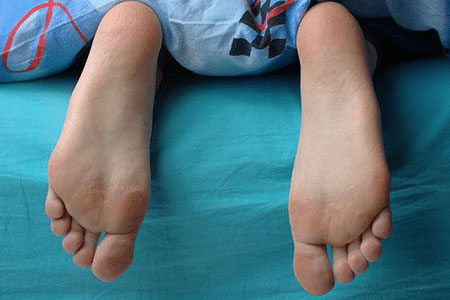
These normally appear at the bottom of your kids’ feet or the toes caused by repeated pressure or friction on an area of skin. The pressure causes the skin to die and form a hard, protective surface. Wearing shoes that are too wide or too narrow is a direct cause of calluses.
How to Solve This Issue?
Make sure that your child is wearing the correct shoe size, this involves the correct shoe length and the correct shoe width. Refer to the link above if you are unsure of your child’s exact foot size.
3️⃣ Corns

These generally occur at pressure points, typically the bottom of the feet and the sides of the toes. They can be painful, but they can be avoided by wearing socks and shoes that fit properly.
How to Solve This Issue?
Make sure that your child is wearing the correct shoe size, this involves the correct shoe length and the correct shoe width.
Certain shoes provide extra depth and rounder toe-boxes which are ideal for preventing and treating blisters.
4️⃣ Flat Feet
This is believed to be a hereditary condition. If your child happens to have flat feet, don’t worry, it’s more common than you think. The correct type of shoes can help prevent your child’s feet from collapsing and allow your child to walk and run straighter.
Let’s take a look at a picture of a child with flat feet. Do you notice how the child’s feet are rolling inwards and collapsing?
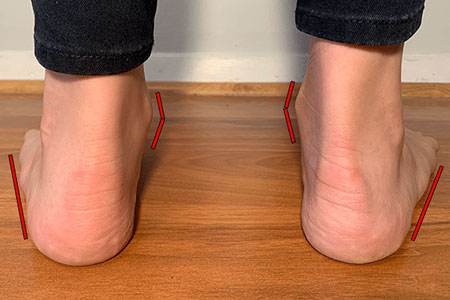
How to Solve This Issue?
Provide your child with shoes that come with a substantial outsole and provide arch support.
5️⃣ Rolled Ankles
This is also believed to be hereditary. The correct type of shoes will help strengthen your kids’ ankles as well as straighten them.
Let’s take a look at a picture of a child with rolled ankles. Do you notice how the ankles are rolling outwards?
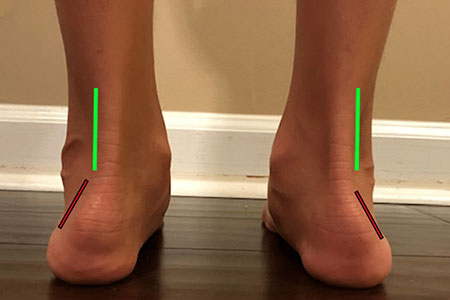
How to Solve This Issue?
Provide your child with shoes that come with a firm heel counter. Do you know what the heel counter of the shoe is? It’s the back part of the shoes that provide ankle support. Take a look at the picture below for clarification:

What Do These Foot Conditions Have in Common?
They are all related to shoes and the way they fit.
If you want to prevent all of these 5-foot conditions, you must provide your child with the correct type of shoes (supportive, lightweight, and flexible), the correct shoe size — this involves the correct shoe length and the correct shoe width — as well as the correct type of socks.
have helped hundreds of children with these foot issues, and I can tell you that most of the time they just needed a pair of well-fitting and supportive shoes.
How to Retrieve Your Child’s Foot Length and Shape
Providing your child with the correct shoe size —this involves the correct shoe length and the correct shoe width— and making sure that your child always wears socks with the shoes, are the first steps when it comes to preventing foot problems. If you are unsure of your child’s exact foot size take a look at the article on how to measure your kid’s foot.
In that article, I help parents determine whether the child has narrow, medium, wide, or extra wide feet. I also will be able to tell you whether your child has a high instep or not.
Shoes for Kids with Foot Problems – The 5 Most Important Features!
In addition to providing your child with the correct shoe size, the shoes that you provide for your child must provide the following features:
1️⃣ Supportive Outsoles: This feature helps reduce the impact that your kids’ feet and legs take every time they come in contact with the ground. This is especially important if your children have flat feet. How can you tell if the shoes come with a supportive sole? The bottom part of the shoe must be thick and come with a built-in arch support. Below you can see the difference between a shoe with a substantial outsole versus a shoe with an outsole that is too thin and doesn’t provide the correct amount of support:
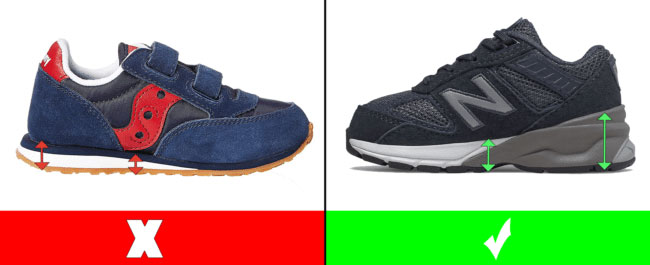
2️⃣ Firm Heel Counters: This feature helps protect and support your kids’ ankles while strengthen and straighten them at the same time. If the shoe that you provide for your child has a heel counter that is too flimsy, your child won’t get any of the benefits that the shoe has to offer. Let’s take a look at the difference between a shoe with a firm heel counter versus one with a softer one:

3️⃣ Good traction: This feature helps prevent your child from slipping and falling, especially when running fast.
4️⃣ Breathable: The shoes must be breathable in order to allow your kids’ feet to breathe and prevent the buildup of bacteria inside the shoe.
5️⃣ Extra Depth: This feature is really important because it allows your child’s feet to fit deeply inside the shoes and prevent your child’s toes from rubbing against the top part of the shoes. This feature also allows you to fit an orthotic inside your kids’ shoes. Let’s take a look at the difference between a shoe that provides extra depth versus one that doesn’t. Both of these shoes have an orthotic fitted inside of them for visualization purposes. Do you notice how in the New Balance shoe style (image on the right) the orthotic is sitting down deeply compared to the Asics one (image on the left)?
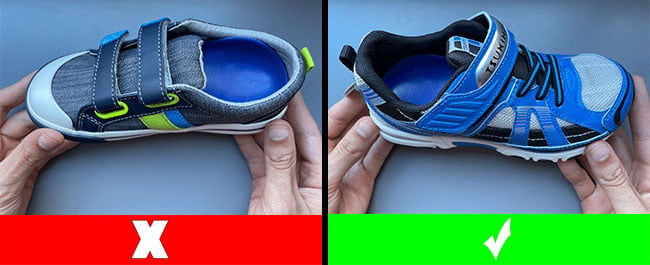
Can we find a shoe that provides all of those features and that is also available in different widths such as medium, wide, and extra wide?
Yes, we can!
I only write reviews of shoes that I have fitted before, otherwise, I wouldn’t know how well-made the shoes are, the amount of support that they provide, and how they fit. Disclosure: Some links in this post may be affiliate links and we may receive a small commission (at no extra cost to you) when you click our links and make purchases.
The Best Kids’ Shoes to Treat and Prevent Foot Issues
Below you can find a selection of shoes that will help keep your kids’ feet healthy —they are available in different widths, provide good arch and ankle support, and they also provide extra depth— Make sure that you choose your child’s shoe width accordingly.
- The New Balance shoe style 990V6 is available for toddlers, little, and big kids
- Available in laces and velcro
- Fits children with medium, wide, or extra wide feet
- Suede/mesh upper provides durability and breathability
- Order this shoe half a size larger than your toddler’s current foot size
- The New Balance shoe style 990V6 is available for toddlers, little, and big kids
- Available in laces and velcro
- Fits children with medium, wide, or extra wide feet
- Synthetic/mesh upper provides durability and breathability
- Order this shoe half a size larger than your toddler’s current foot size
- The Stride Rite shoe style Elliot is available for toddlers
- Lace-up closure
- Fits toddlers with medium, wide, or extra wide feet
- 100% leather made
- Order this shoe half a size larger than your toddler’s current foot size
- The Stride Rite shoe style Emilia is available for toddlers
- Lace-up closure
- Fits toddlers with medium, wide, or extra wide feet
- 100% leather made
- Order this shoe a whole size larger than your toddler’s current foot size
- The Timberland shoe style Tracks is available for toddlers
- Double velcro straps
- Fits toddlers with medium or wide feet
- Water-friendly
- Order this shoe a whole size larger than your toddler’s current foot size
- The New Balance shoe style 574 is available for toddlers
- Available in velcro and laces
- Fits children with medium, wide, or extra wide feet
- Synthetic/mesh upper provides durability and breathability
- Order this shoe a whole size larger than your toddler’s current foot size
- The New Balance shoe style 990V6 is available for toddlers, little, and big kids
- Available in velcro and laces
- Fits children with medium, wide, or extra wide feet
- Synthetic/mesh upper provides durability and breathability
- Order this shoe a half size larger than your toddler’s current foot size
- The Memo shoe style Gabi is available for toddlers and little kids
- Double velcro straps
- Fits children with medium or wide feet
- Genuine leather and breathable mesh
- Thermoplastic asymmetric stiff heel counter for proper feet protection and stabilization
- Order this shoe half a size larger than your toddler’s current foot size
- The Memo shoe style Gabi is available for toddlers and little kids
- Double velcro straps
- Fits children with medium or wide feet
- Genuine leather and breathable mesh
- Thermoplastic asymmetric stiff heel counter for proper feet protection and stabilization
- Order this shoe half a size larger than your toddler’s current foot size
- The Saucony shoe style Cohesion is available for toddlers
- Velcro closure
- Fits toddlers with medium or wide feet
- Heel grid system for stable cushioning
- Compression molded EVA footbed for comfort
- Order this shoe a whole size larger than your toddler’s current foot size
- The Timberland shoe style Bootie fits toddlers and little kids
- Double velcro straps
- Fits children with medium or wide feet
- Padded collar for a comfortable fit around the ankle
- Water-friendly
- Order this shoe a whole size larger than your toddler’s current foot size
- The Memo shoe style Princessa fits toddlers and little kids
- Double velcro straps
- Fits children with medium or wide feet
- This is an ORTHOPEDIC shoe
- Rigid heel counter
- Order this shoe half a size larger than your toddler’s current foot size
- The Saucony shoe style Cohesion KDZ is available for little and big kids
- Velcro closure
- Fits children with medium and wide feet
- Heel grid system for stable cushioning
- Compression molded EVA footbed for comfort
- Order this shoe a half size larger than your child’s current foot size
- The Saucony shoe style Cohesion KDZ is available for little and big kids
- Velcro closure
- Fits children with medium and wide feet
- Synthetic and mesh upper
- Heel grid system for stable cushioning
- Order this shoe half a size larger than your child’s current foot size
- The New Balance shoe style Fresh Foam 650 is available for little and big kids
- Fits children with medium, wide, or extra wide feet
- Velcro closure
- ABZORB midsole absorbs impact through a combination of cushioning and compression resistance
- Mesh upper material features no-sew overlays for a sleek fit and feel
- Order this shoe half a size larger than your child’s current foot size
- The New Balance shoe style Fresh Foam Arishi v4 is available for little and big kids
- Fits children with medium, wide, or extra wide feet
- Velcro closure
- ABZORB midsole absorbs impact through a combination of cushioning and compression resistance
- Mesh upper material features no-sew overlays for a sleek fit and feel
- Order this shoe half a size larger than your child’s current foot size
- The New Balance shoe style 2002 is available for toddlers and little kids
- Available in laces
- Fits children with medium and wide feet
- Suede/mesh upper provides durability and breathability
- Order this shoe half a size larger than your toddler’s current foot size
- The New Balance shoe style 2002 is available for toddlers and little kids
- Available in laces
- Fits children with medium and wide feet
- Suede/mesh upper provides durability and breathability
- Order this shoe half a size larger than your toddler’s current foot size
- The New Balance shoe style Fresh Foam 650 is available for little and big kids
- Fits children with medium, wide, or extra wide feet
- Velcro closure
- Synthetic and engineered mesh upper
- Fresh Foam midsole cushioning is precision engineered to deliver an ultra-cushioned, lightweight ride
- Order this shoe a half size larger than your child’s current foot size
- The Memo shoe style Polo is available for little and big kids
- Triple velcro straps
- Fits children with medium or wide feet
- This is an orthopedic shoe
- Thermoplastic rigid heel counter
- Order this shoe a half size larger than your child’s current foot size
- The Memo shoe style Chicago is available for little and big kids
- Triple velcro straps
- Fits children with medium or wide feet
- This is an orthopedic shoe
- Thermoplastic rigid heel counter
- Order this shoe a half size larger than your child’s current foot size
- The New Balance shoe style Coco is available for little and big kids
- Lace-up closure
- Fits children with medium or wide feet
- NDurance rubber outsole technology provides superior durability in high-wear areas to help get more out of the shoes
- Order this shoe a half size larger than your child’s current foot size
- The Adidas shoe style Own the Game 2.0 is available for little and big kids
- Lace-up closure
- Fits children with medium or wide feet
- Supportive outsoles and firm heel counter
- Order this shoe a half size larger than your child’s current foot size
- The Adidas shoe style Cross Em Up Select is available for little kids
- Lace-up closure
- Fits children with medium or wide feet
- Non-marking outsole
- Order this shoe a whole larger than your child’s current foot size
- The Saucony shoe style Kinvara LTT is available for little and big kids
- Lace-up closure
- Fits children with medium or wide feet
- Cushioned footbed
- Order this shoe a whole size larger than your child’s current foot size
- The Saucony shoe style Shadow 6000 is available for little and big kids
- Lace-up closure
- Fits children with medium or wide feet
- Cushioned footbed
- Order this shoe half a size larger than your child’s current foot size
- The New Balance shoe style 574 is available for little and big kids
- Lace-up closure
- Fits children with medium or wide feet
- ENCAP midsole cushioning provides good arch and heel support
- Order this shoe half a size larger than your child’s current foot size
- The New Balance shoe style 327 is available for little and big kids
- Lace-up closure
- Fits children with medium or wide feet
- Suede and mesh upper
- Order this shoe a whole size larger than your child’s current foot size
- The New Balance shoe style Fresh Foam X 1080v13 is available for big kids
- Lace-up closure
- Fits children with medium or wide feet
- Suede and mesh upper
- Order this shoe half a size larger than your child’s current foot size
- The New Balance shoe style Fresh Foam X 1080v13 is available for big kids
- Lace-up closure
- Fits children with medium or wide feet
- Suede and mesh upper
- Order this shoe half a size larger than your child’s current foot size
Remember that the most effective way to reduce the likelihood of your kids developing foot issues is to provide them with the correct type of shoes in the correct size.
If I didn’t mention a foot condition that your child is going through, please let me know and I will help you find shoes to prevent and/or help treat the condition.
Has your child developed any of the foot conditions mentioned in the article? Did you find a particular shoe style that has worked well for your child’s feet? Please do not hesitate to contact me and share your findings in the comments section below so other parents can benefit from your experiences.

